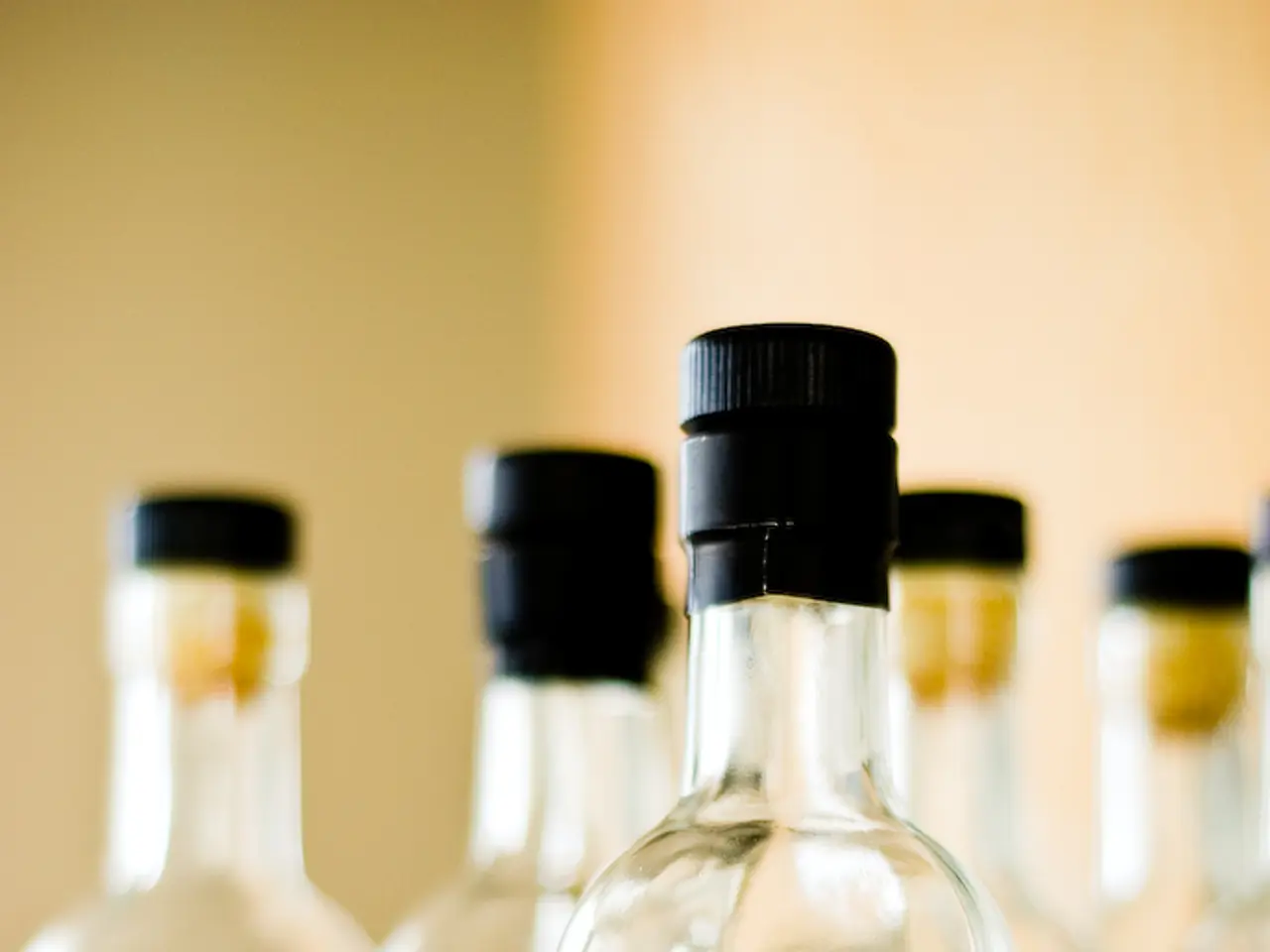Is the reliability of alcohol labels questionable?
In the world of winemaking, the alcohol content of a bottle can vary from what's stated on the label, especially in the United States. This is due to a larger margin of error allowed for alcohol by volume (abv) labeling compared to the European Union.
According to the Alcohol and Tobacco Tax and Trade Bureau (TTB) in the US, wines at or below 14% abv can legally have a margin of error of plus or minus 1.5%, while wines above 14% abv can be off by 1% in either direction. In contrast, the European Union imposes a tighter margin of error of just 0.5% for abv labeling.
This regulatory difference means that US wine bottles may show a wider range in actual alcohol content compared to what is stated on the label. This variation is a result of both scientific measurement limitations and the natural variability in winemaking. The broader US margin is designed to give winemakers flexibility to accommodate the inherent variations in their agricultural product without being forced to over-process to hit an exact number.
On the other hand, the EU's stricter tolerance aims at greater precision in labeling, resulting in wines that generally must conform more closely to the stated abv.
Winemakers employ various testing methods to assess the sugar content before or after fermentation, including hydrometers, ebulliometers, gas chromatography, near-infrared technology (NIR), and Fourier transform infrared (FTIR) spectroscopy. However, Gordon Burns, co-founder and technical director of ETS Laboratories, emphasises that while all testing methods can be accurate, precision depends on the implementation of the process.
Leslie Renaud, director of winemaking at CMB Family of Wines, explains that this flexibility allows them to work with the wine in its most authentic form, without over-processing just to hit a specific number. Post-fermentation measurements are more dependable, but blending and sampling can cause discrepancies.
As a result, winemakers must submit labels before blending and bottling are complete, which means they may use the best available estimate within regulatory bounds. Jason Moulton, director of winemaking at Whitehall Lane Winery, uses an Anton Paar digital Alcolyzer to measure alcohol during fermentation, after fermentation, after blending, and again before bottling.
The alcohol content of a wine affects various aspects, such as food pairing, ageing, and how quickly a sip might affect you. Higher-alcohol wines tend to have a fuller body and warmer mouthfeel, while lower-alcohol wines are typically lighter and more delicate. Warmer growing seasons are contributing to higher ripeness and higher sugar levels at harvest, leading to increased alcohol levels in the finished wine.
In conclusion, the margin of error impacts the accuracy of the abv listed on wine bottles, making it essential for consumers to view the abv figure as an informed estimate rather than an exact laboratory value. This regulatory buffer serves practical purposes linked to winemaking complexity and measurement variability, and its size differs notably between the US and the EU.
[1] Source: [Link to the original article or report, if available]
- In the realm of health-and-wellness, understanding the accurate alcohol content of a wine can be crucial, as it affects food pairing, aging, and the wine's impact on one's system.
- The science behind winemaking, including various testing methods for sugar content, is essential in maintaining health-and-wellness standards, but precision depends on the implementation of these processes, as emphasized by Gordon Burns.




